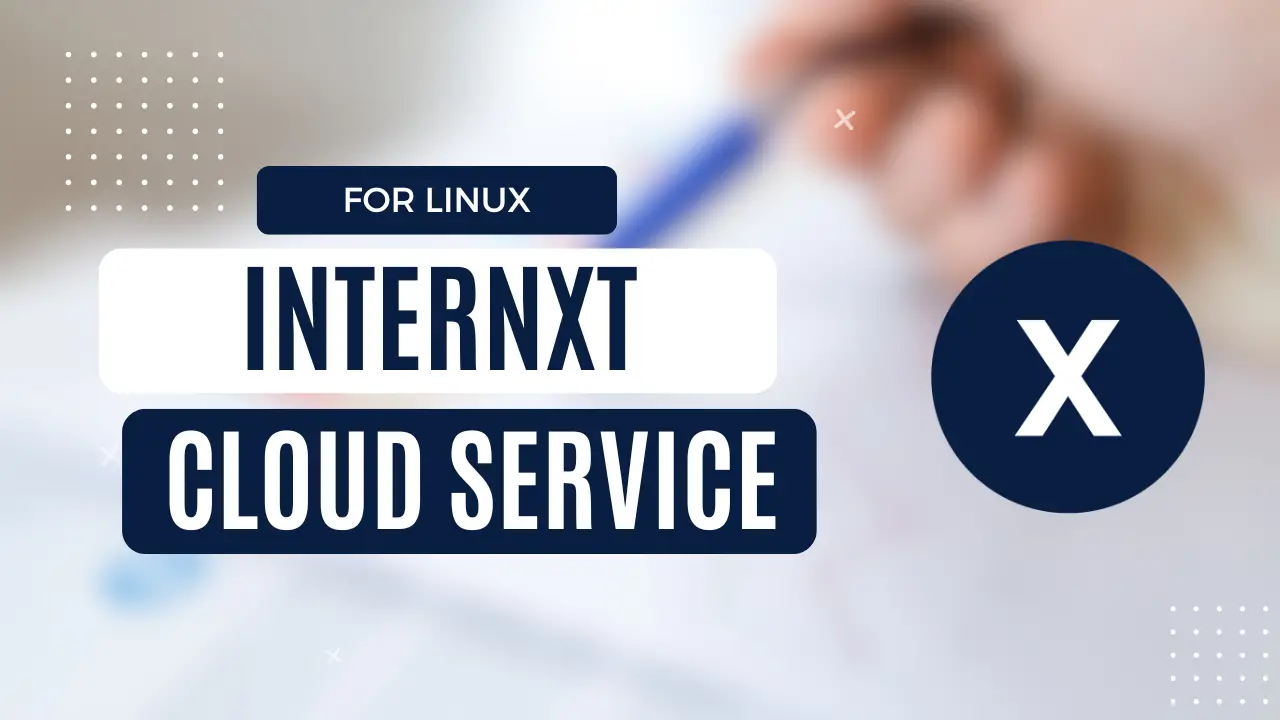WordPress Dashboard & Settings Page | WordPress 101
Table of Contents
WordPress dashboard is an important page for website administrators. In this article of the WordPress 101 series, we will learn to read and customize the WordPress dashboard.
If you do not know to set up WordPress, we have written a detailed guide on how to install WordPress – Step By Step. Do check it out.
WordPress Dashboard
WordPress dashboard is the homepage for website administrators. This is where all the important site information is available, such as the number of posts, pages, comments, pending comments, errors, site health, etc.

The above screenshot is the basic WordPress dashboard. This is how it looks when you install WordPress. But if the admin does not like to see a certain widget, it can also be disabled.
Just click the button ‘Screen options’, and it’ll drag in the options to show or hide dashboard widgets. For example, one can hide the Welcome widget after reading it.

WordPress dashboard does not remain the same. As you install more and more plugins in the future, some of them may also add their own widgets to the dashboard.
WordPress Settings
After walking through the WordPress dashboard, the second section in WordPress that’s important to get familiar with is WordPress Settings.
General Settings
Click ‘Settings’ in the sidebar, and it’ll open the following ‘General Settings’ page. Changing any general setting impacts the entire website, so be careful when changing any of these settings.
All settings here are pretty straightforward. Here you can change the site title, tagline, WordPress URL, Site address, activate/deactivate membership, default role for new users, site language, timezone, date format, and time format.
Be careful while altering WordPress Address or site address as it may break your website.

Writing Settings
Writing settings allows setting the default post category for new posts. By default, it is set to Uncategorized. One can create new settings and set them to default using this setting.
WordPress supports multiple post formats, including video, Audio, Image, Link, Status, etc. The default post format lets users set a default post format for new posts.

WordPress also allows users to post to their site through emails. Just send an email, and it’ll be published on the website. Don’t disclose this email to anyone, as any email received at this email will be published on the site.
To set up a post through email, enter the mail server, login name, and password in the Writing Settings.
Reading Settings
From reading settings, one can set up a homepage, several blog posts and feeds to show, and discourage search engines from indexing this site.
One can show the latest blog posts or set a separate page for the homepage.

If you are not getting any visitors from search engines even after having a lot of content on your website, make sure you have disabled the ‘Search engine visibility’ option on the reading settings page.
Discussion Settings
Discussion settings let you customize comment functionality on your blog post. This is where one can enable or disable comments on posts or automatically disable comments after a number of days. This section is also pretty straightforward and does not require extra knowledge to understand it.
If you wish to use any third-party discussion system such as Disqus, then you can leave it as it is. Once you set up a third-party system, it’ll disable the default WordPress commenting system.

Media Settings
Media settings let you define the size of Thumbnail, medium, and large images. Most premium themes will manage their thumbnails in their own way. So don’t change these settings if you are using a premium theme.

Permalink Settings
Permalink is probably the second most important setting in WordPress. This is where you can set how WordPress should form posts, categories, and tag URLs. I recommend setting ‘Post name’ as the default permalink format to form a clean and SEO-friendly URL.

Privacy Settings
Last but not least is the Privacy settings. Here one can set up the site’s privacy policy page. By default, WordPress creates a Privacy Policy page, and it can be set up to be visible at /privacy-policy. Or one can create a new page and set it as the privacy policy page.

LinuxAndUbuntu Newsletter
Join the newsletter to receive the latest updates in your inbox.




